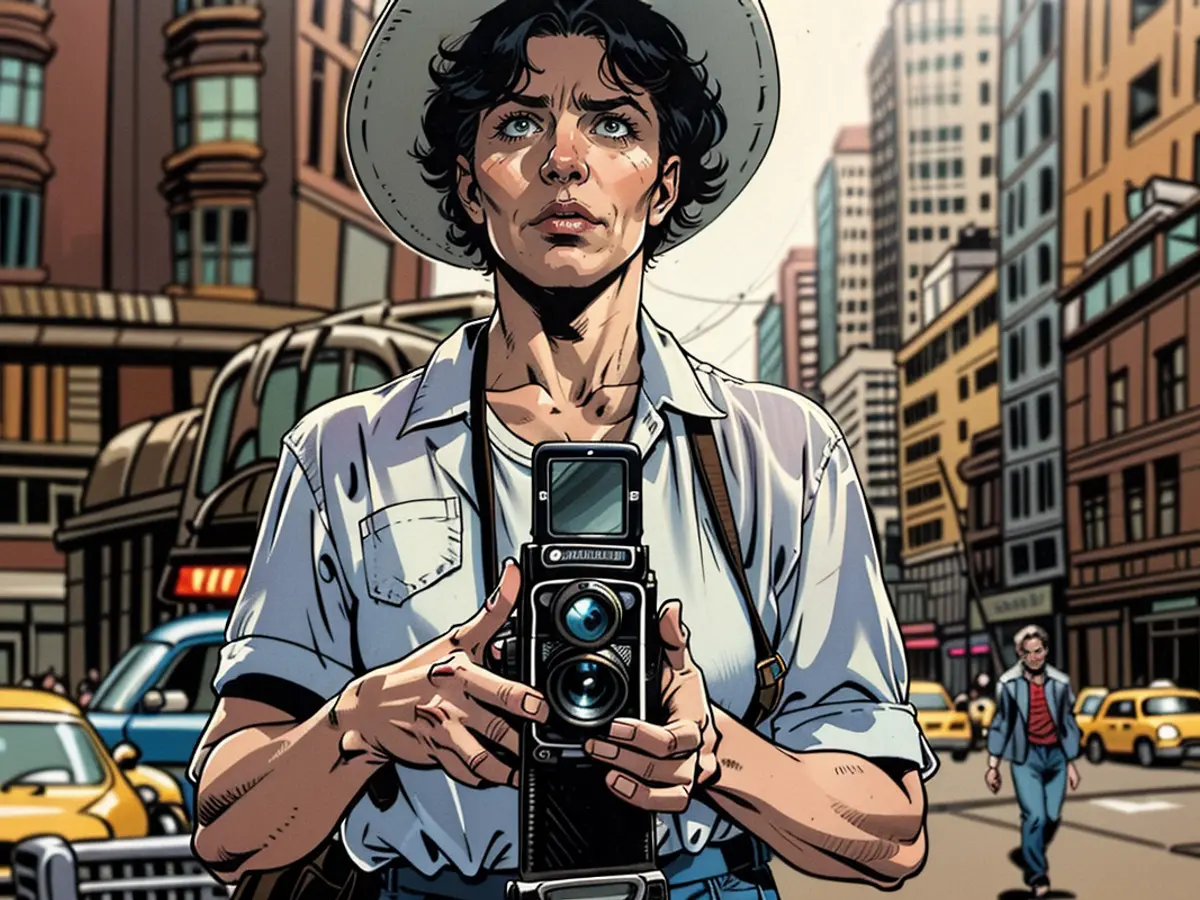Enigmatic Nanny in New York Shaped 20th-Century Street Photography Scene
Vivian Maier's renown arose posthumously, as the contents of her storage lockers in Chicago were auctioned off in 2007, after she failed to keep up with rent payments.
"Vivian Maier: The enigma, the revelation, and the art – these three aspects are hard to separate," noted Anne Morin, curator of the touring exhibition "Vivian Maier: Unseen Work," which opened on 31 May at Fotografiska New York, the American branch of the contemporary Swedish photography museum.
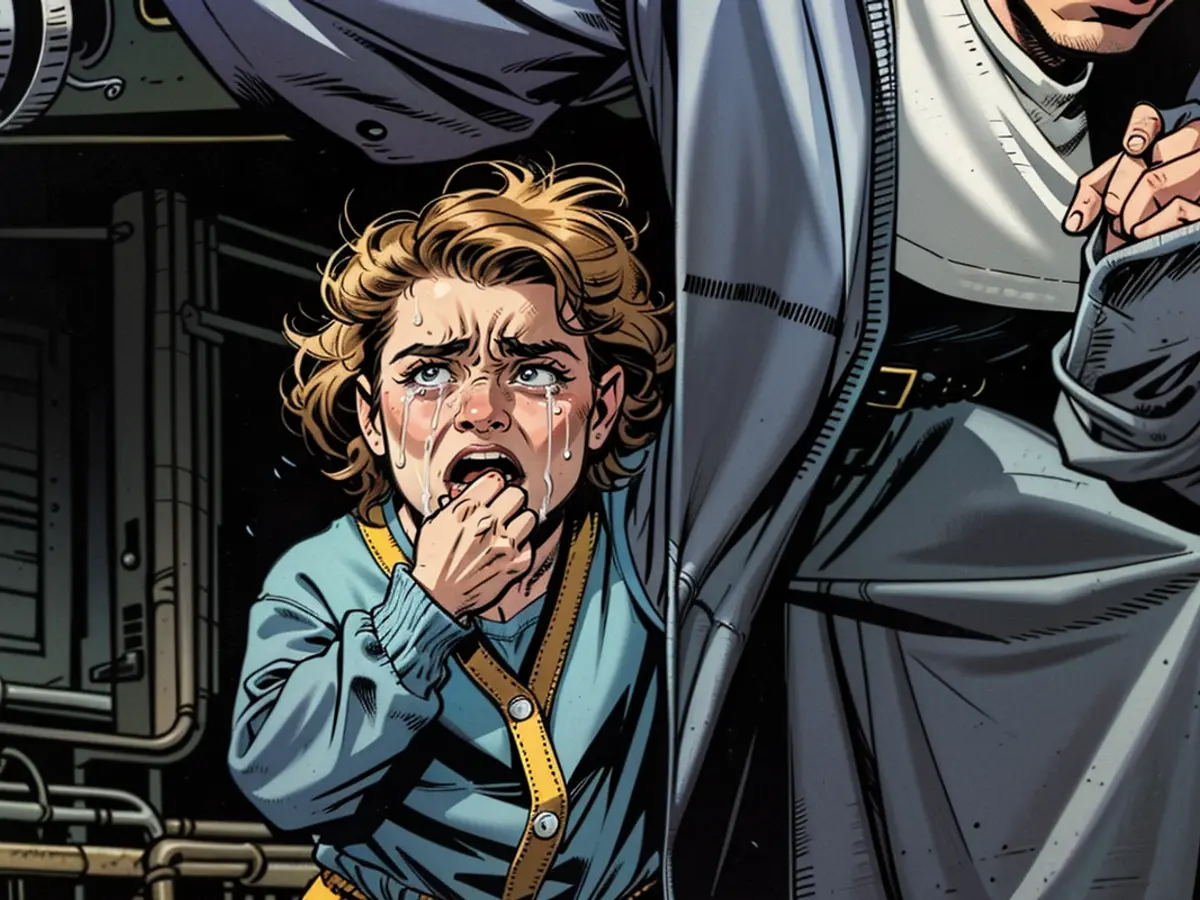
The show, running till 29 September, refrains from delving into Maier's life mysteries, instead focusing on her work, showcasing over 200 photographs, including around 50 vintage prints created by Maier herself. Morin regards her work as being on par with famed street photographers like Robert Frank and Diane Arbus, and worthy of a place in photography history. "Her work speaks for itself," Morin stated to CNN. "The strength of her pieces and her extraordinary eye are undeniable. In a decade, we could put together a completely different exhibition – she has ample material tooffer."
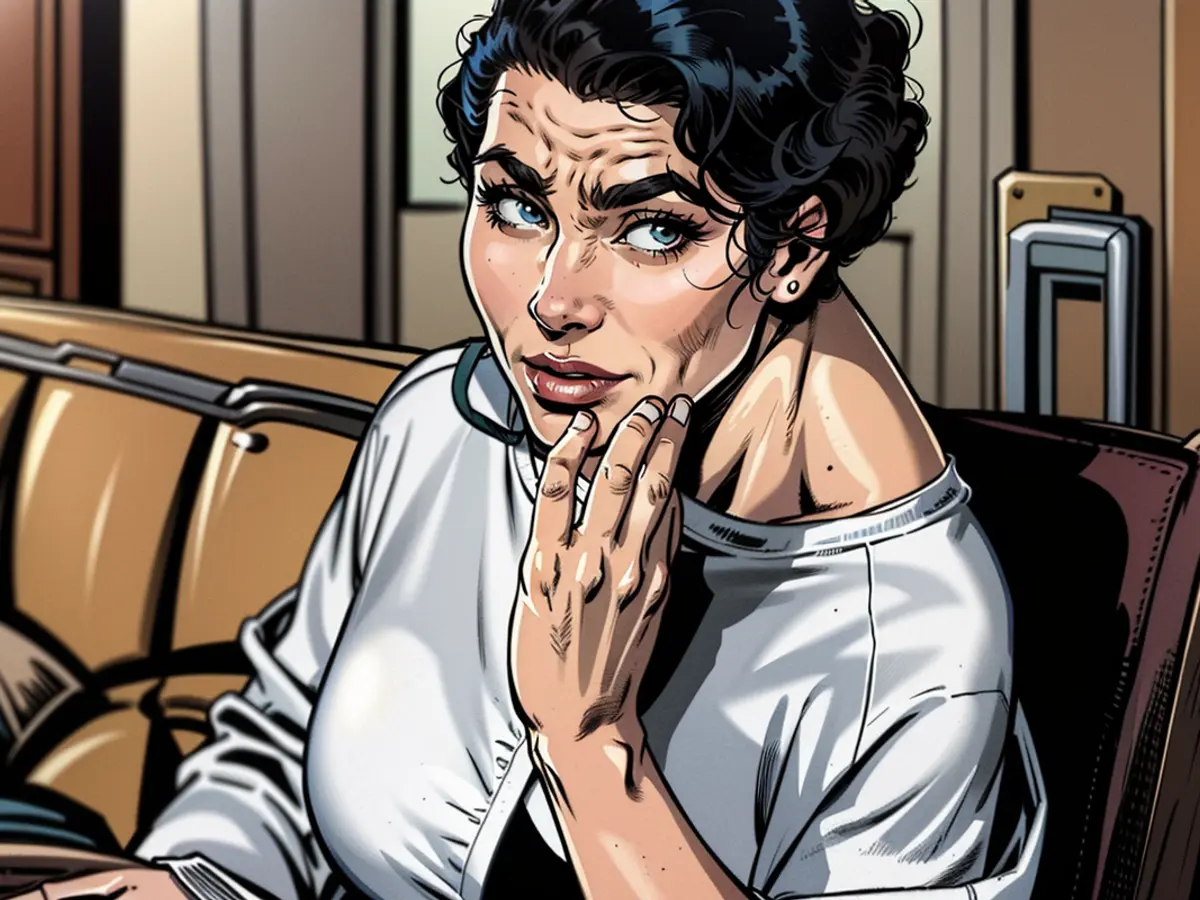
The exhibition serves as a sort of homecoming for Maier, who was born in New York to a family of French and German immigrants. In the 1950s, she started capturing street scenes in New York as a young woman, using her mother's Kodak Brownie box camera, and later her own professional-grade Rollieflex. The precision and skill in her photographs, particularly her eye for seizing the right moment, can be seen even in her early works, which focus on the peculiar characters and happenings that make up city life: Men asleep on park benches, a balloon from the Central Park Zoo concealing a doting father's face as his baby reaches out to him.
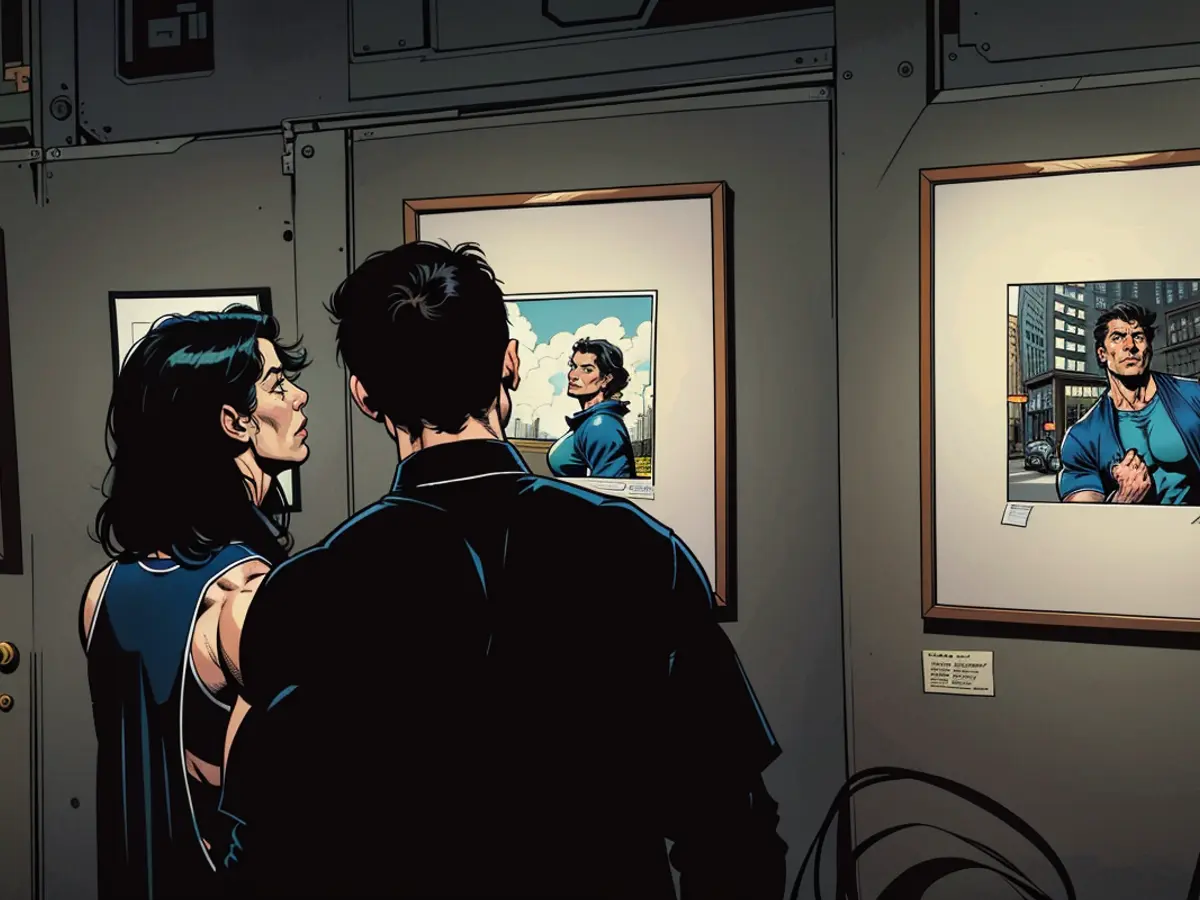
Despite using commercial studios in New York to develop her film, Maier never attempted to exhibit or sell her work. Morin believes that Maier’s sudden fame in New York as an icon is "significant not only for women, but also for all the artists who toil away unrecognized and never get a chance to be seen, shared, or appreciated." “History can be corrected,” Morin added.
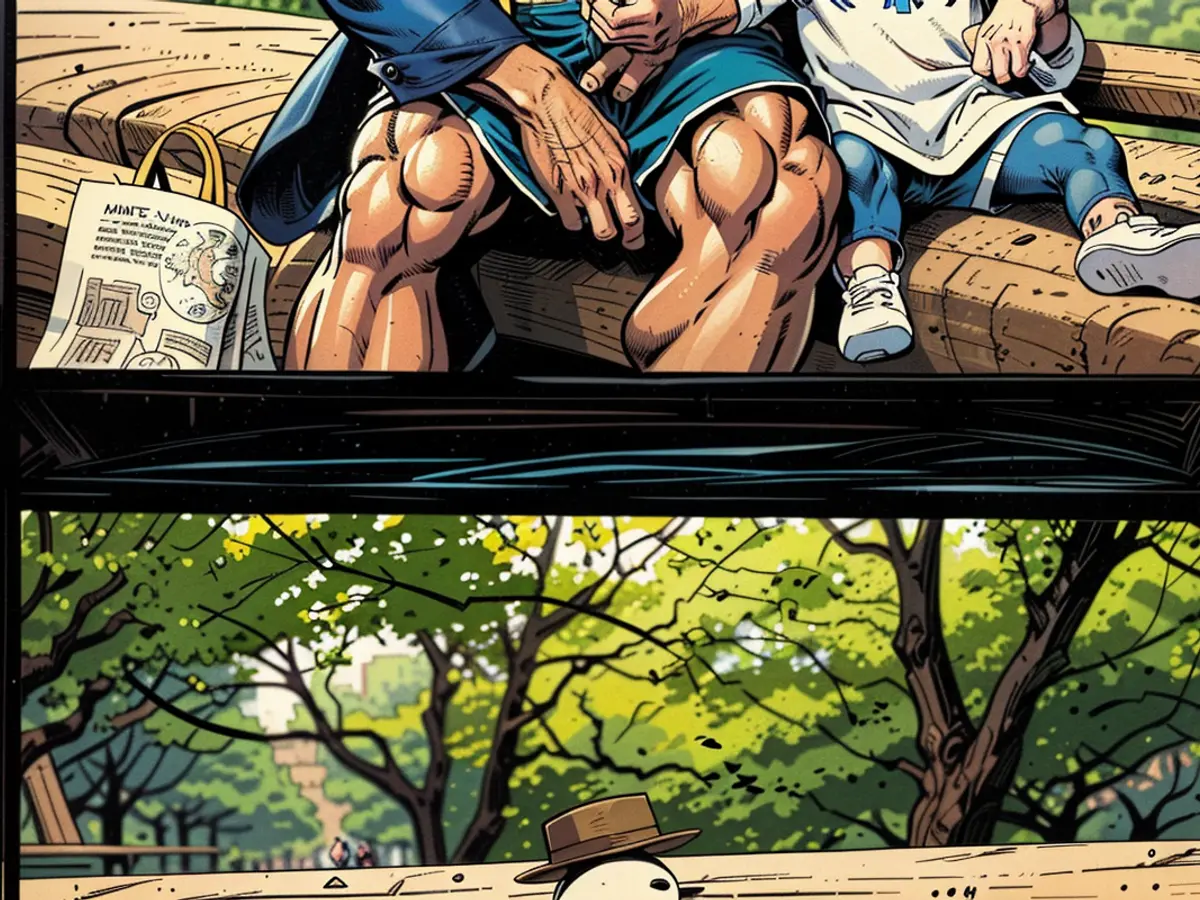
New York is considered the heart of American photography history, according to Sophie Wright, the museum's director. “It’s incredible now to be in a position to present Vivian back into that world,” Wright stated. "She’s a rediscovered, important voice in 20-century photography." Wright further commented that Maier's photographs were taken with "so much thought, care, and lack of self-consciousness – there’s no intended audience. In a way, it’s pure, artistic expression for her."
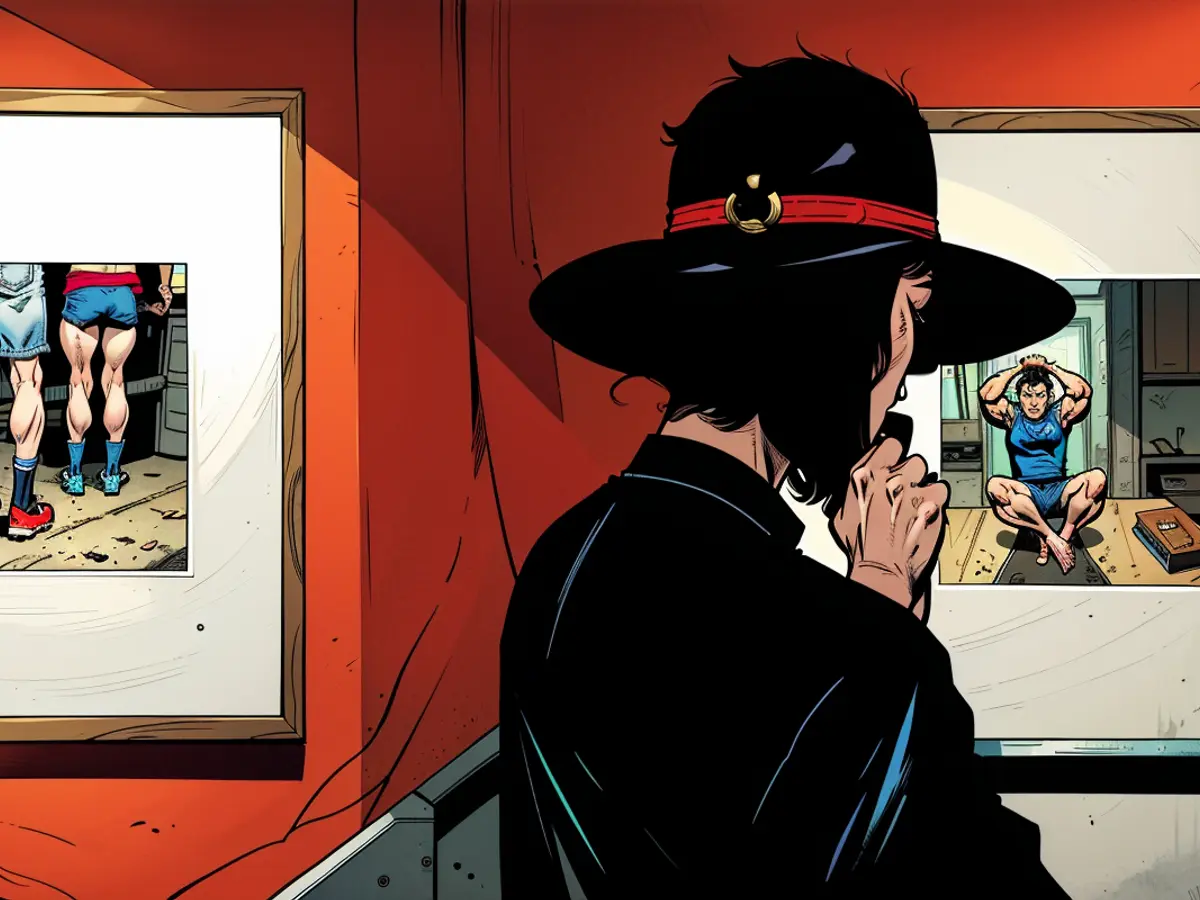
Maier's work first grabbed public attention in 2009, the same year she passed away in Chicago, after collector and amateur historian John Maloof uploaded scans of her work on the photo-sharing website Flickr. He had obtained the negatives, prints, and undeveloped film rolls over the past two years, after finding them at the auctions of Maier's storage lockers.
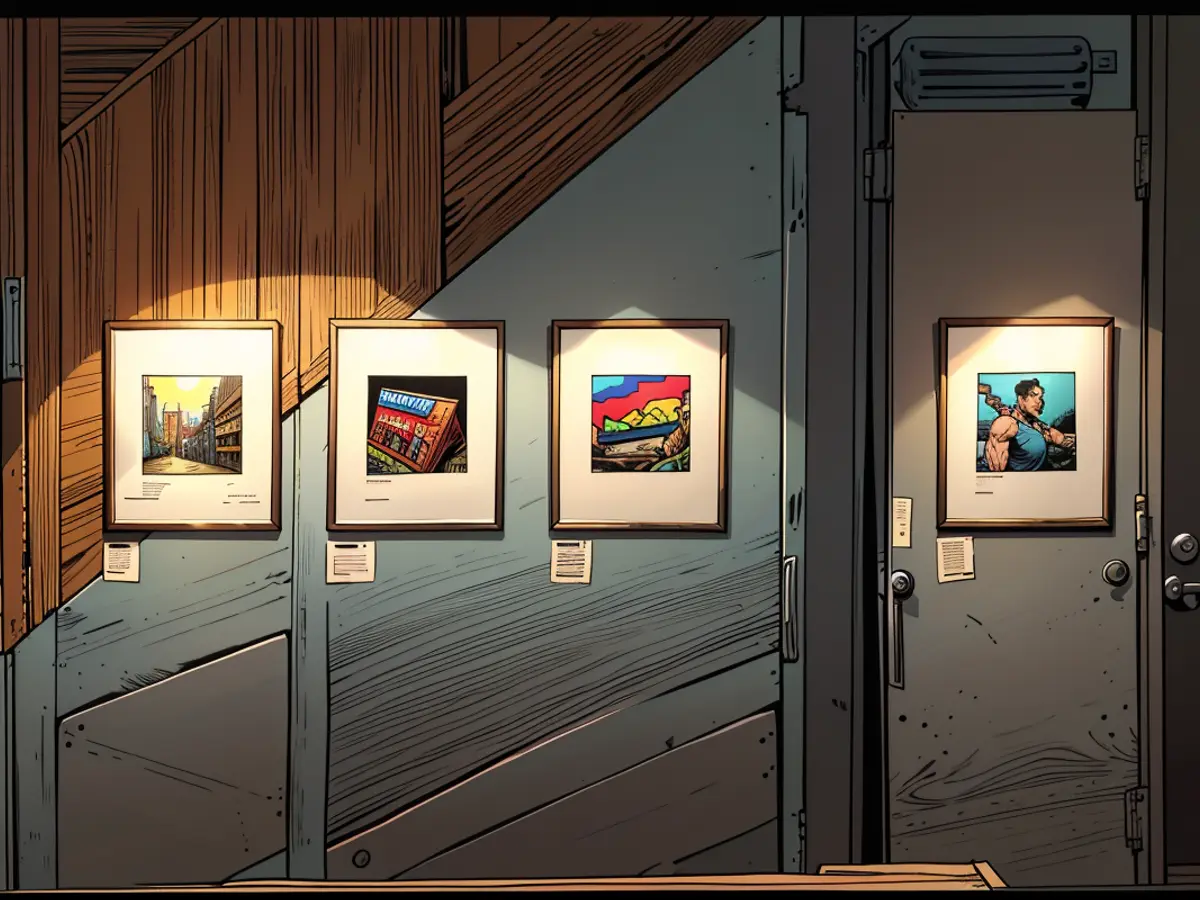
Since then, Maier's work has been the subject of numerous gallery shows, books, and biographies, as well as a legal dispute over her estate, which is now overseen by Chicago's Cook County Probate Court. Maloof has agreed to display and sell her work. Although some museums have been reluctant to accept her work, even those with extensive photography collections, Wright believes this hesitation is due to Maier's minimal production of prints and concerns about promoting a narrative for her work that may not have existed in Maier’s original intentions. Additionally, there remain concerns around the political implications of Maier's vulnerable state in her later years, as her hoarding resulted in her losing caretaking jobs, ultimately facing homelessness. However, the public's interest in Maier remains undiminished, with record-breaking attendance at exhibition previews both in Paris and New York.
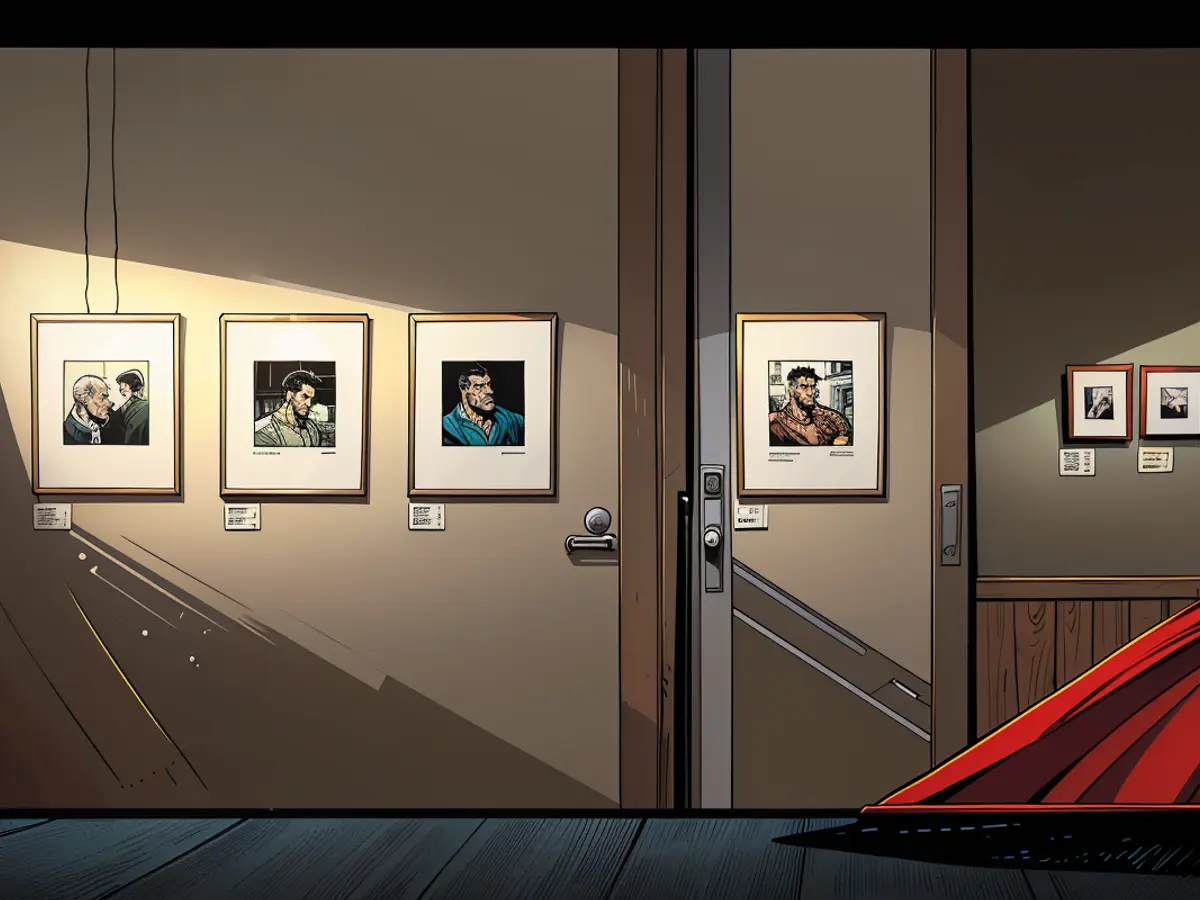
Howard Greenberg, the representative of Maloof's vast photograph collection, along with Maloof himself, recognize the worries over the posthumous production of Maier's work. During a discussion at the gallery launch, they explained that this concern led to their choice to solely produce uncropped, precise reproductions from her negatives. In the exhibit, various instances are shown where these later prints are positioned alongside the ones created by Maier herself, highlighting the elements she chose to emphasize within a scene.
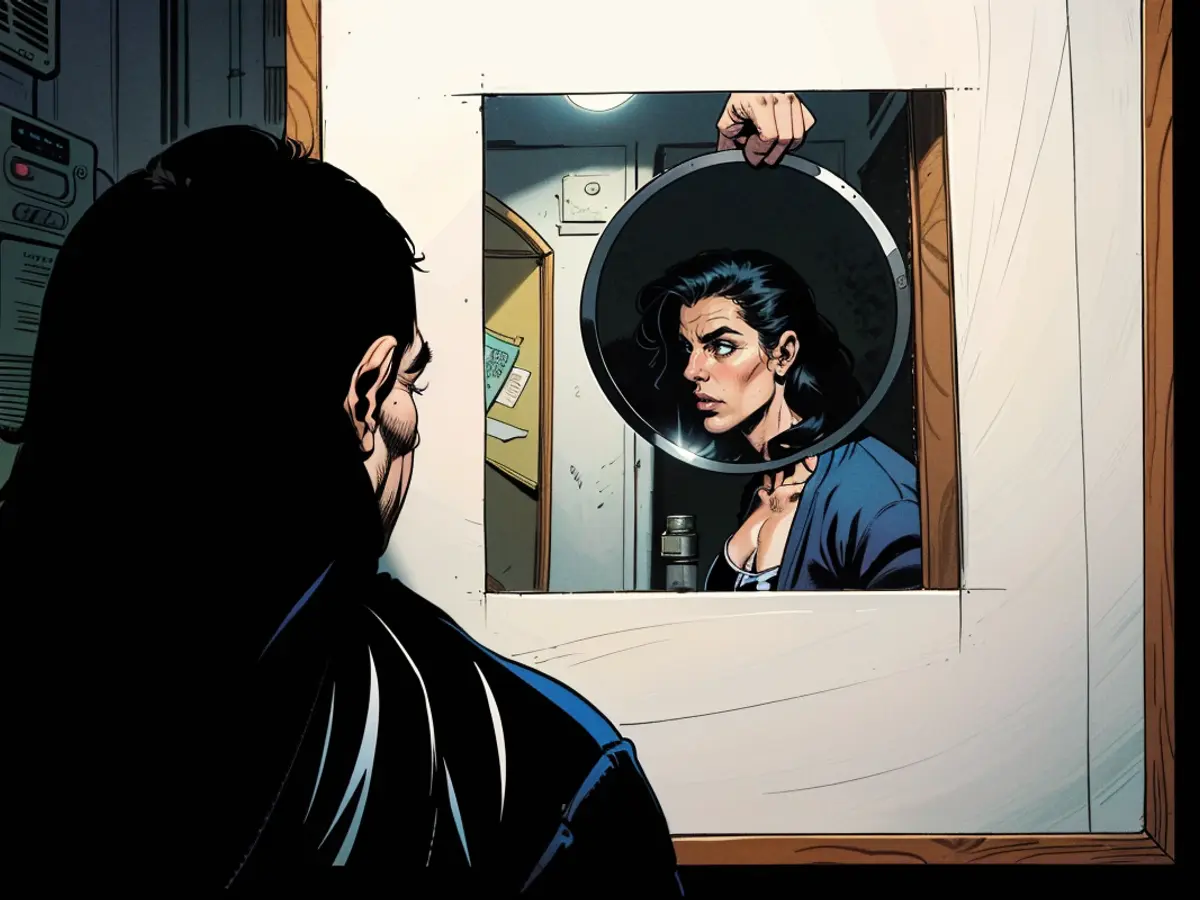
The exhibit carries Maier's spirit through audio recordings of her interviews with the children she looked after, aimed at fueling their critical thinking. These recordings are played throughout the galleries. However, the most consistent memorials of the artist behind these works are the plethora of self-portraits she took, many being reflections in mirrored or glass surfaces, or her shadow cast on a surface.
Morin, the curator, believes the heart of the work lies in the self-representation, and these self-portraits are what resonate the most with contemporary audiences. "Maier was like the godmother of the selfie," Morin remarked, yet she clarified that it's not quite the same. Maier's self-portraits are a determined assertion of her autonomy and identity, a time when women, particularly domestic workers, were disregarded and sidelined. "She wanted to document herself," Morin commented, envisioning Maier saying, "I'm here in this instant. No one can erase my image. I exist and I have proof."
Read also:
The exhibition at Fotografiska New York showcases Vivian Maier's unique style in street photography, which can be compared to renowned artists like Robert Frank and Diane Arbus.
Maier's self-portraits, often capturing her reflection in mirrors or glass surfaces, serve as bold testaments to her existence and autonomy, reflecting her desire to assert her identity within the arts.
